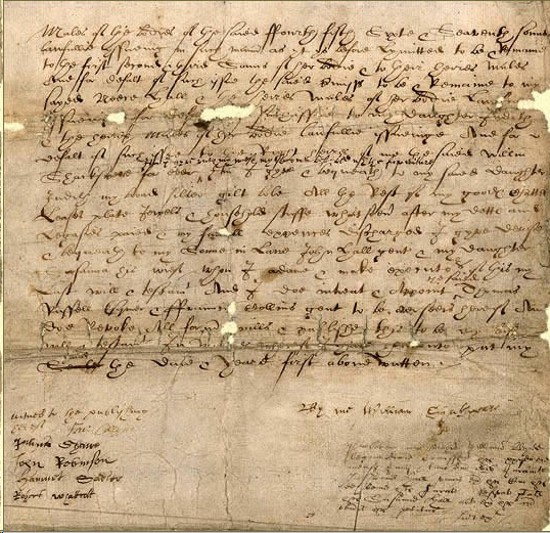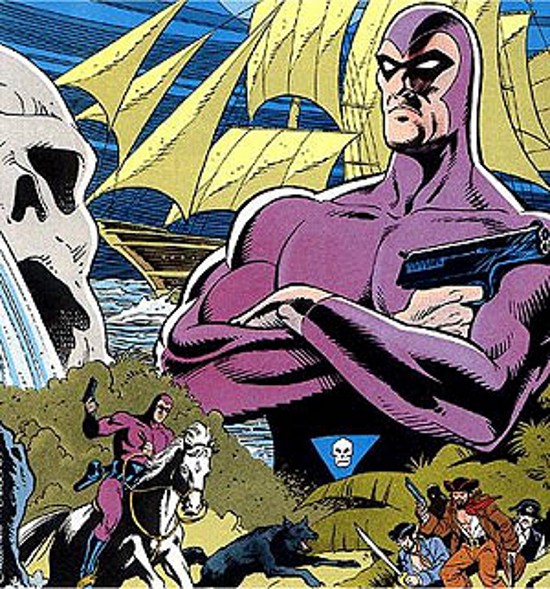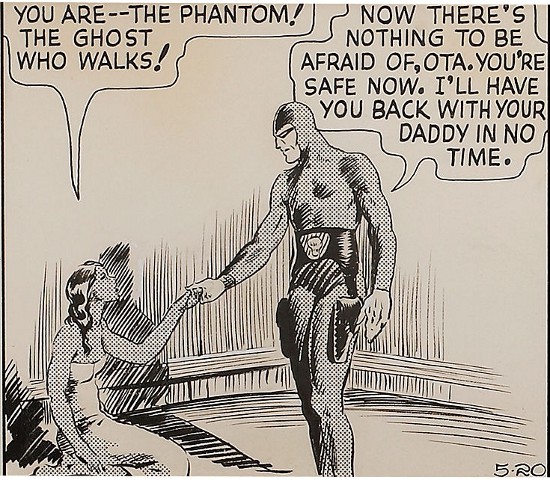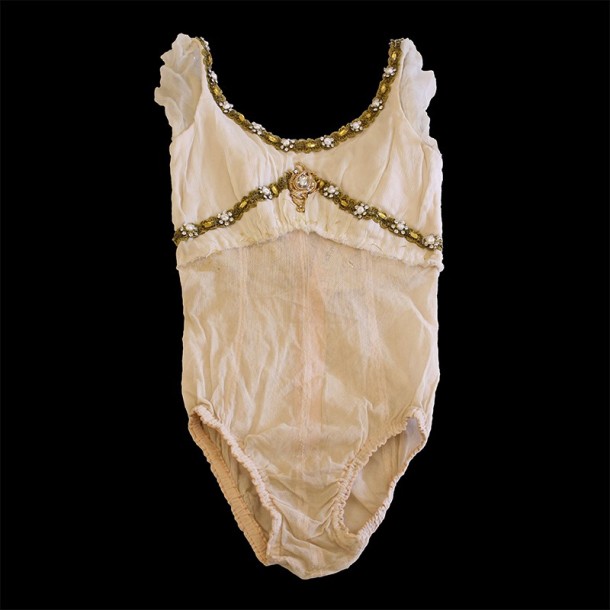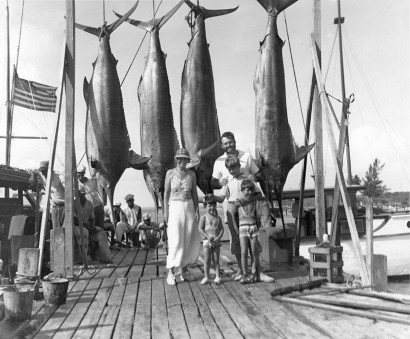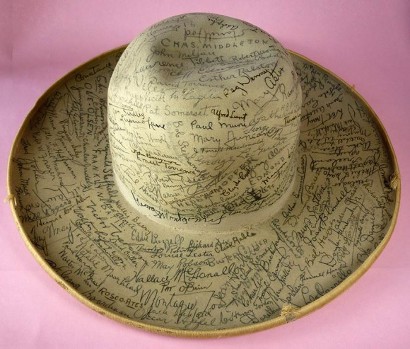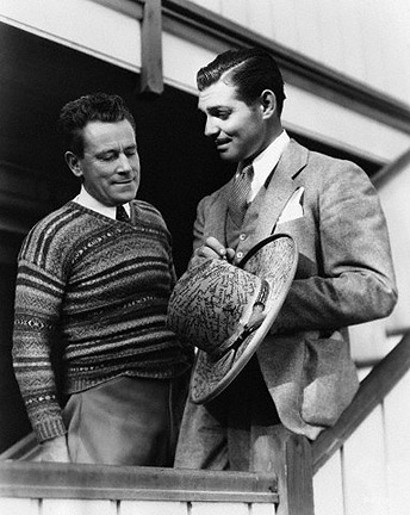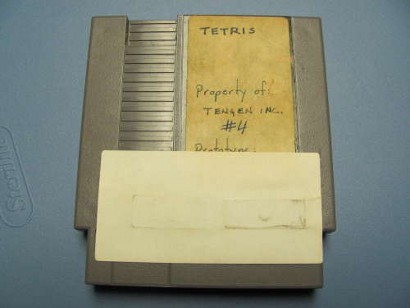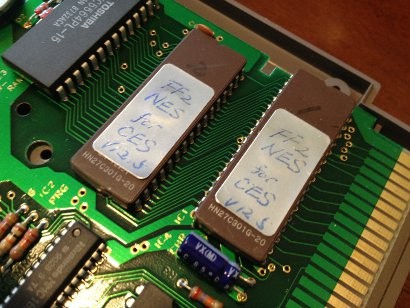Phew, what a weekend!
The Pebble Beach Concours d’Elegance is over for yet another year, and this year saw even more of the world’s finest collector cars cross the block than ever before.
A new world record for any car sold at auction was set by the Ferrari 250 GTO Berlinetta (as expected!), while Ferrari blew away all the competition. Pic: Bonhams
Pic: Bonhams
Just look at the top 10 sales in California this weekend:
1962 Ferrari 250GTO coupe – $38,115,000 (Bonhams)
1964 Ferrari 275GTB/C Speciale coupe – $26,400,000 (RM Auctions)
1961 Ferrari 250GT California SWB Spider – $15,180,000 (Gooding)
1964 Ferrari 250LM coupe – $11,550,000 (RM Auctions)
1967 Ferrari 275GTB/4 coupe – $10,175,000 (RM Auctions)
1953 Ferrari 250MM coupe – $7,260,000 (Bonhams)
1965 Ford GT40 prototype roadster – $6,930,000 (RM Auctions)
1962 Ferrari 250GT SWB Speciale Aerodinamica coupe – $6,875,000 (Bonhams)
1958 Ferrari 250GT Series 1 cabriolet $6,820,000 – (Bonhams)
1959 Ferrari 250GT Series 1 cabriolet $5,610,000 – (Gooding)
Even the Best in Show award winner was a Ferrari – the first time a post-war car has ever been selected.
Now, I know Ferrari reigns supreme at the top of the market for a reason – beautiful cars matched by impeccable performance and an impressive racing pedigree – but they just don’t do it for me.
I’ve yet to get my driving license (hey, I’m working on it!), but if I was to part with my hard earned cash at Pebble Beach, I’d be looking away from the high-end and towards the more unusual models.
Take a look at my top five picks of the bunch:
1937 BMW 328 Roadster
Just look at it!
For me, the 1930s was the pinnacle of car styling – I like my cars curvy and this one certainly ticks that box.
Even better is the fact that it was made in the 1930s by BMW, and wouldn’t look out of place being driven by a villain in Indian Jones and the Last Crusade.
The BMW 328 Roadster can also hold its own on the track. Upon its release it was one of the most successful sports cars at Germany’s feared Nurburgring and has gone on to become one of the most iconic cars of all time.
1959 Fiat 500 Jolly
I imagine myself cruising round my huge estate in this one, picking up friends with a cocktail in my hand.
A classic beach car, the Jolly is the four-wheeled equivalent to the Vespa scooter, designed so sun-kissed jetsetters could swan around the seafront in style.
Now a beloved collector favourite, the Jolly sees big bids at auction, with this example coming in at $88,000.
1965 Shelby Mustang GT350 Paxton Prototype
Gotta love a bit of American muscle right?
This one packs an extra punch in bring one of only two Paxton supercharger prototypes ever made under the direction of the legendary Carroll Shelby, famed for his dangerously powerful machines.
His attempt to “turn a mule into a racehorse”, the result was the 1965 Shelby GT350 – the most successful of the famous line – with this used as a demo car, boasting a supercharger V8 engine.
At $572,000, it was actually something of a bargain for those looking to own automotive history outside of Ferrari.
1966 Volkswagen 21-Window Deluxe Micro Bus
Pic: RM Auctions
What better way to ferry around friends than the iconic VW bus?
This stunning restoration is just about one of the nicest you can find and is in highly original condition.
However, I’m not much of a stickler for the rules, so I’d probably drop in a bigger engine – hey, a man needs more than 40HP to get off the line.
While you can pick up a shabby-chic version for less than $20,000, this example – the rarest variant with 21 windows – had an estimate of $90,000-120,000.
1965 Aston Martin DB5
Now, I needed a touch of class in the collection, so I’ve opted for none other than Aston Martin.
The DB5 screams “prestige”, not only as an incredibly beautiful British sports car, but also as the famous drive of James Bond.
I can just see myself now, ejecting my enemies from their seats with a beautiful Bond girl in tow…
Sadly, it’ll be a long while before I can afford one – this just made $1.6m.
by Joe










